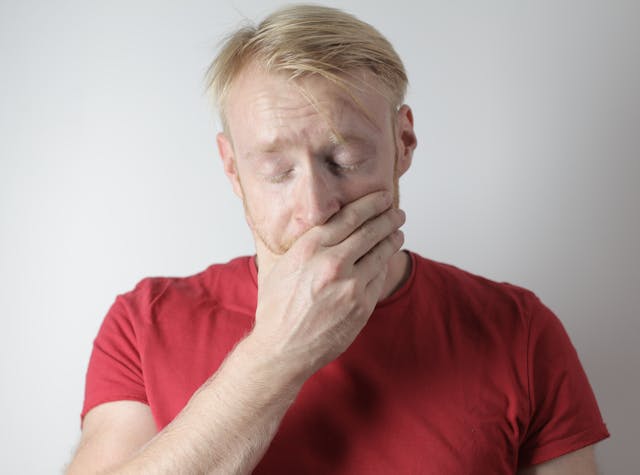Obsessive-compulsive disorder (OCD) is commonly misrepresented. The superficial portrayal of OCD typically revolves around being orderly or hyper-aware of germs. And sure, such characteristics can be present in a person with OCD. But this disorder is far more nuanced and complex than any of the stereotypes.
For example, OCD, in general, involves chronic intrusive thoughts. A sub-set called harm OCD — as the name suggests — features obsessive thinking patterns that are particularly disturbing. Someone with harm OCD struggles with frequent thoughts of hurting themselves and/or others. As with all OCD, these thoughts trigger a desire to perform compulsions to ease the increased anxiety they provoke. Let’s explore a little deeper.
Do We Know What Causes Harm OCD?
There are several types of OCD — perhaps as many as a dozen. Research has yet to identify a specific case for any of them. Obviously, this includes harm OCD, too. For now, the existing thesis postulates that OCD can occur due to factors like:
- Enduring a traumatic life event
- Preexisting mental health problems
- Family history
- Behaviors learned in childhood
- A glitch in brain chemistry
However, we can recognize that harm OCD occurs much as other forms of OCD do. The primary difference is what kind of obsessions are triggering compulsive responses.
What Does Harm OCD Look and Feel Like?
Imagine the sudden appearance of a violent thought or mental image. Go one step further and envision that you are overcome with genuine fear that you are about to carry out such violence on yourself or someone else. It does not matter if the act is deliberate, harm OCD will temporarily convince you that the harmful act could happen by accident — without your knowledge.
 This distressing reality can launch you into a cycle of preventative compulsions like:
This distressing reality can launch you into a cycle of preventative compulsions like:
- Avoiding headlines that mention violent news stories
- Throwing out anything in your home that you fear can cause harm
- Seeking non-stop reassurance from others that you are a good person
- Obsessively following any spiritual practice you feel helps you maintain self-control
- Researching people who have committed horrific violent crimes
- Engaging in non-stop introspection to discern if you are capable of harm
- Replaying your day to make certain you didn’t cause harm to anyone
While the intrusive thoughts can range from self-harm to sexual violence to homicide and beyond, the common thread is a loss of control. The effort needed to suppress such perceived likelihoods is time-consuming and exhausting. A person with harm OCD often cannot ever feel safe. Thus, therapy can be especially vital in that it provides a secure environment for exploration.
Getting Treatment for Harm OCD
While there is no cure for OCD in any form, there is an effective treatment option called exposure and ritual prevention (ERP). While, of course, ERPs application will vary from case to case, here is the basic idea:
- Pause: If you’re someone with harm OCD, your therapist will help you identify a low-level trigger. You’ll be exposed to that trigger and when a compulsion feels necessary, you take a short pause before engaging. Little by little, the length of the pause is increased.
- Slow Motion: A second source of control is deciding how quickly you move. Ideally, after the paise, you’ll perform the compulsion in slow motion. Once again, you’re reclaiming agency.
- Remove a Component: For any compulsion that has more than one part, the action here is to perform the compulsion but leave one component out.
In these ways, ERP does not eliminate the obsession, but it can reduce its power and influence. If harm OCD is impacting your life or the life of someone you know, I’d love to tell you more about the available options. Reach out to learn more about anxiety therapy for OCD treatment.





